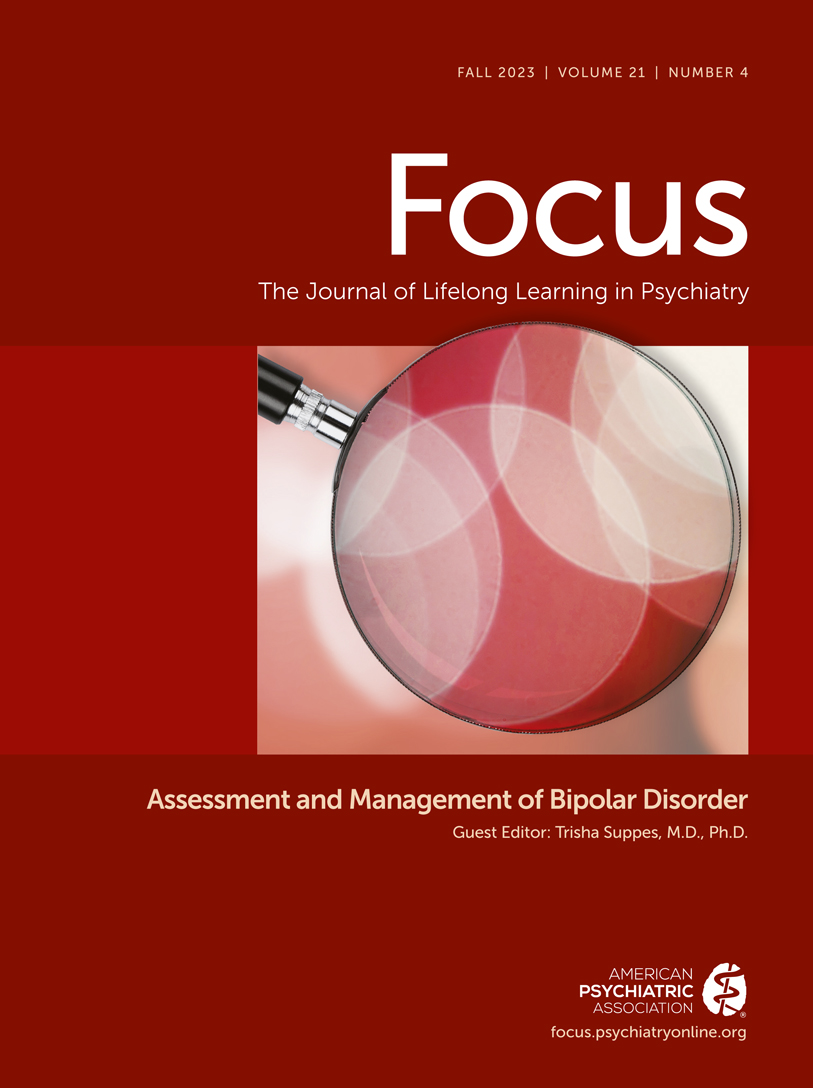Bipolar II Disorder: Understudied and Underdiagnosed
Abstract
Despite its inclusion as a distinct entity in APA’s Diagnostic and Statistical Manual of Mental Disorders since 1994, bipolar II disorder remains a surprisingly neglected psychiatric condition. Understudied and underrecognized, bipolar II disorder is often misdiagnosed and misunderstood, even by experienced clinicians. As a result, patients typically experience symptoms for more than 10 years before receiving the correct diagnosis. Incorrect diagnosis leads to incorrect treatment, including overuse of monoaminergic antidepressant medications, with resultant declines in functioning and worse quality of life. Perhaps because of its underrecognition, treatment studies of bipolar II disorder are limited, and, too often, results of bipolar I disorder studies are applied to bipolar II disorder, with no direct evidence supporting this practice. Bipolar II disorder is an understudied and unmet treatment challenge in psychiatry. In this review, the authors provide a broad overview of bipolar II disorder, including differential diagnosis, course of illness, comorbid conditions, and suicide risk. The authors summarize treatment studies specific to bipolar II disorder, identifying gaps in the literature. This review reveals similarities between bipolar I and bipolar II disorders, including risks of suicide and predominance of depression over the course of illness, but also differences between the phenotypes in treatment response, for example, to antidepressant medications.
Access content
To read the fulltext, please use one of the options below to sign in or purchase access.- Personal login
- Institutional Login
- Sign in via OpenAthens
- Register for access
-
Please login/register if you wish to pair your device and check access availability.
Not a subscriber?
PsychiatryOnline subscription options offer access to the DSM-5 library, books, journals, CME, and patient resources. This all-in-one virtual library provides psychiatrists and mental health professionals with key resources for diagnosis, treatment, research, and professional development.
Need more help? PsychiatryOnline Customer Service may be reached by emailing [email protected] or by calling 800-368-5777 (in the U.S.) or 703-907-7322 (outside the U.S.).



